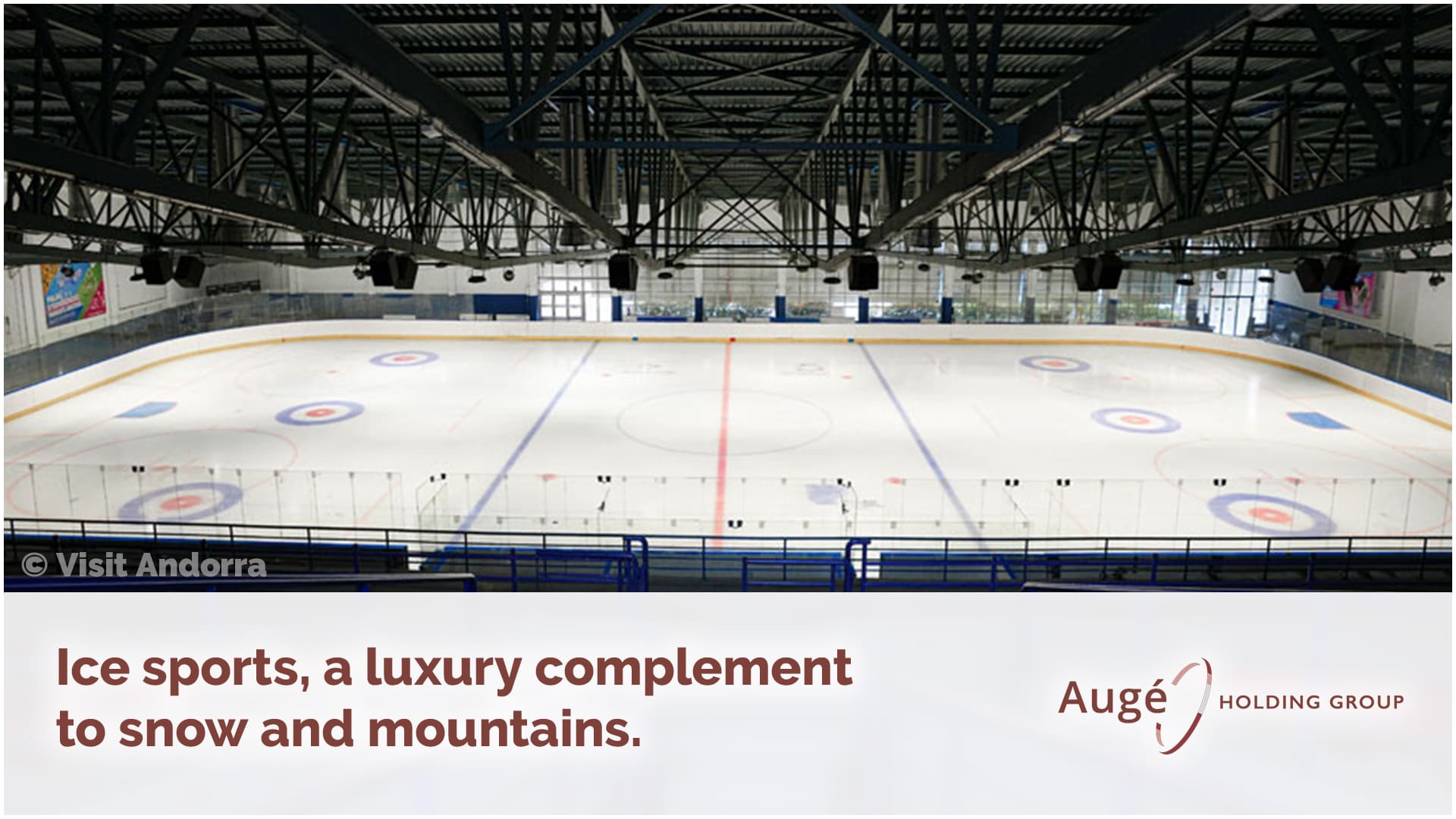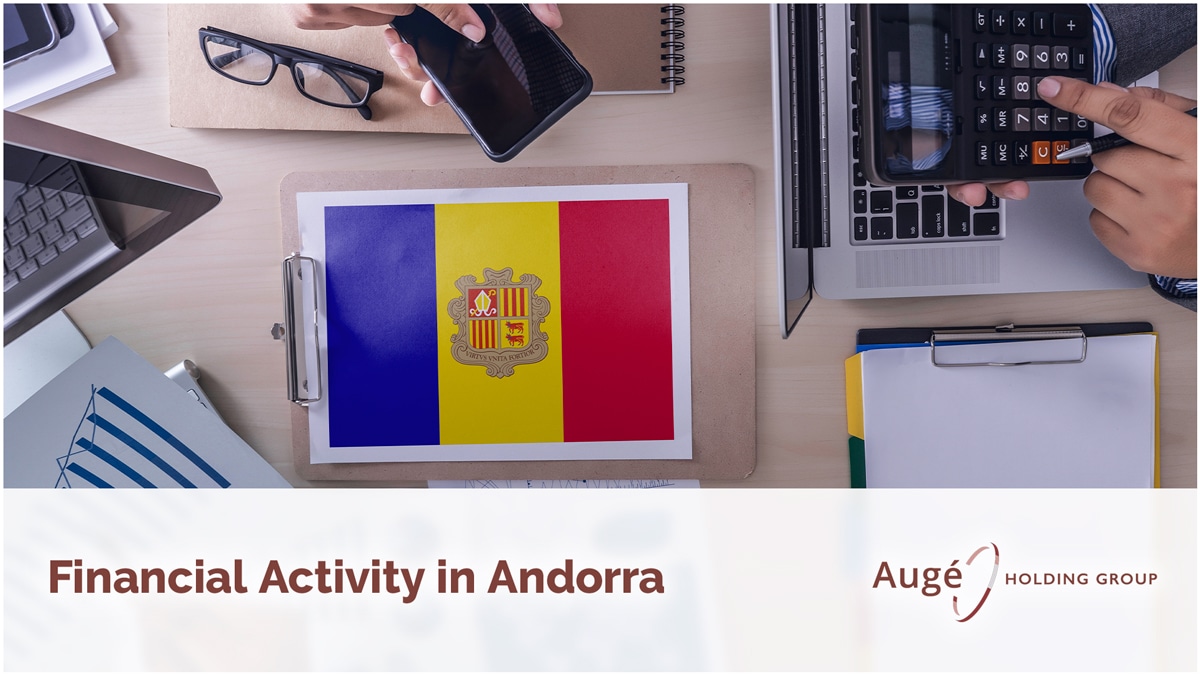Snow, mountain, altitude, cold, and ice are concepts inherent to our essence as a country. All these elements, interrelated, have given us, continue to give us, and can still give us even more in the future if we learn how to maximize their value.
First, it was snow and alpine skiing that opened the path to prosperity and the sporting, tourist, and economic projection of the country. This happened in the mid-20th century, and the fact is that the perseverance and know-how built up over the years have led us to today, making us an international reference. However, in recent years, the mountain and altitude have also played a role in activating all those sports and competitions that have helped position Andorra as a reference in this field as well. Up to now, we have spoken at length about both the present and the successes achieved, as well as the future and the challenges ahead. But to complete what I call the virtuous trilogy of sports linked to our natural and climatic environment, we need to pay attention to “Ice Sports,” which are probably the ones that involve the most technological and artificial aspects. These require higher investment and maintenance efforts if we want to achieve infrastructure standards that are up to par.
Andorra is fortunate to have one of these complex infrastructures for almost 36 years, thanks to the foresight and vision of local and national leaders at the time, who saw that an ice rink could be a great catalyst for the parish of Canillo and the country. In fact, the Ice Palace (Palau de Gel) has become a symbol of Andorra, and the fact that there are so few ice rinks in our surroundings helps us understand the complexity involved and the commendable effort of our institutions to maintain it in good condition. The constant search for ways to make this costly infrastructure profitable culminated a few months ago with the inauguration of the latest renovation, which included the renewal of the ice rink — with cutting-edge technology and guaranteed sustainability — and the pool, as well as the installation of photovoltaic panels and the addition of a small water park. However, regardless of how it is used and optimized — which we know is still a work in progress and will result in a substantial improvement to the gym and auxiliary facilities, with even a design competition planned to enhance unused outdoor spaces — what truly gives purpose to the Ice Palace is the practice of ice sports.
Currently, there are three disciplines within the scope of the Andorran Ice Sports Federation: curling, ice hockey, and figure skating, and all three have the Ice Palace in Canillo as their only reference space for practice.
Now, if we ask a citizen from the central parishes what they know about these sports and their practice in the country, they will most likely say “little,” and probably even less about other Olympic ice sports disciplines such as luge, skeleton, or bobsleigh, or even speed skating, all of which are highly spectacular sports that, along with those related to skiing, will be featured at the Milan-Cortina d’Ampezzo 2026 Winter Olympic Games. In fact, if skiing is today a major sport in the country and one of the engines of our economy, we should ask: how many citizens skate on ice? How many practices ice hockey or curling? Few, right? But the opportunity is undeniable! From a country branding perspective, I clearly see the ecosystem of ice sports as a privileged driver of the image Andorra wants to project internationally and of its economy. Why not try to mirror other Pyrenean or Alpine towns capable of hosting facilities and developing disciplines that attract the hosting of major snow and ice sports events? And what if we add to that some of the big brands in the winter sports world using Andorra as a reference? Don’t we aspire to attract talent, whether in sports or business? Then we must start from the ground up, and that’s no exaggeration, because ice sports in the country truly need strong development to make an impact — both hockey, which has two neighboring leagues it could participate in, and curling, and especially figure skating. The latter is a sport of extreme technical precision and artistic virtuosity, minority but astonishing in every sense, and a great challenge for anyone who dares to practice it, as it is a discipline that works nearly all the muscles in the body, where balance and flexibility work together in perfect harmony during the glide.
Today, however, figure skating survives thanks to contributions from just under a hundred members and, most importantly, the support of the Canillo Comú, which has been tirelessly helping this sport for years with significant funding to cover the costs of ice rental and technical staff. This support allows about fifty young skaters to be educated in the culture of a demanding and sacrificial sport, and some even nurture the dream of one day competing at the highest levels and on the most prestigious stages worldwide.
The Andorra Brand is also focusing on these sports and the potential they represent for the country’s future development. Therefore, it wouldn’t be surprising — everyone should stay alert — that we will hear much more about them soon. Time will tell, who knows? Moreover, the consolidation of ice sports in Andorra, aside from the economic and societal dynamism they bring, is the best tribute we can offer to all those who have worked so hard — and continue to work — to ensure the success of the Ice Palace, from its inception to today, transforming it into a model facility. Now, it just awaits a growing group of users and practitioners, both local and from abroad, to give it the recognition it deserves, becoming the spearhead of a future and successful development of ice sports in Andorra.





